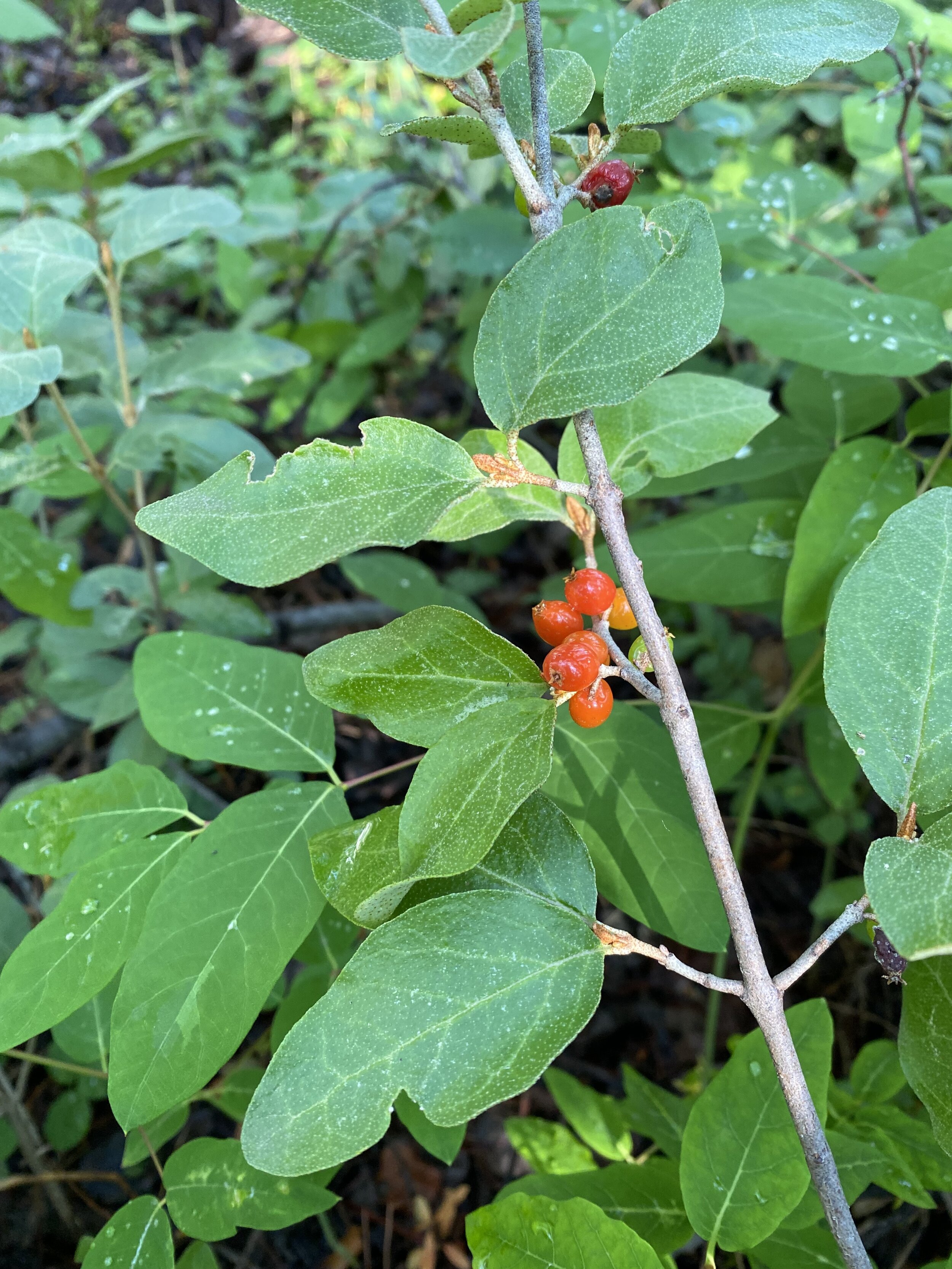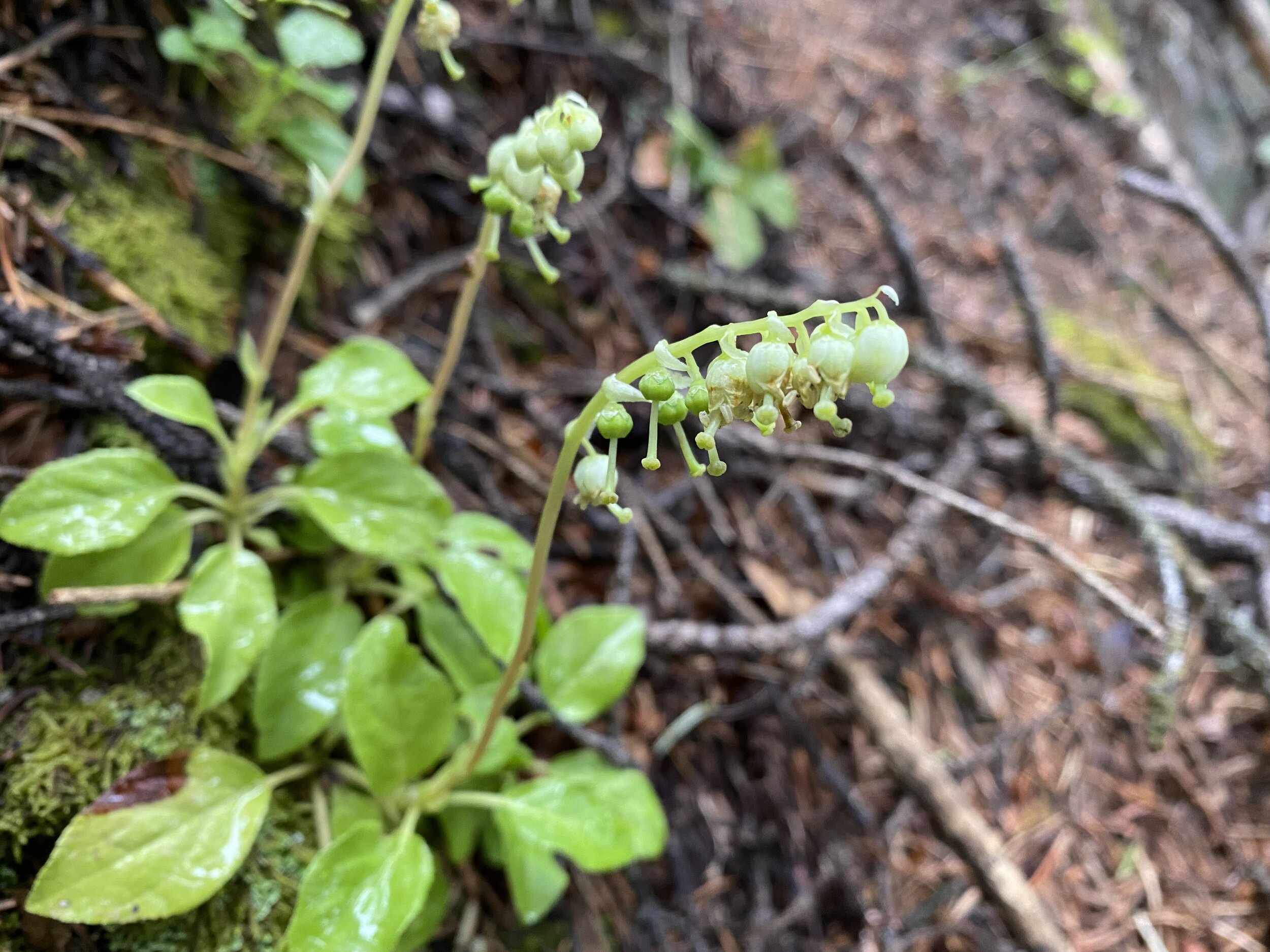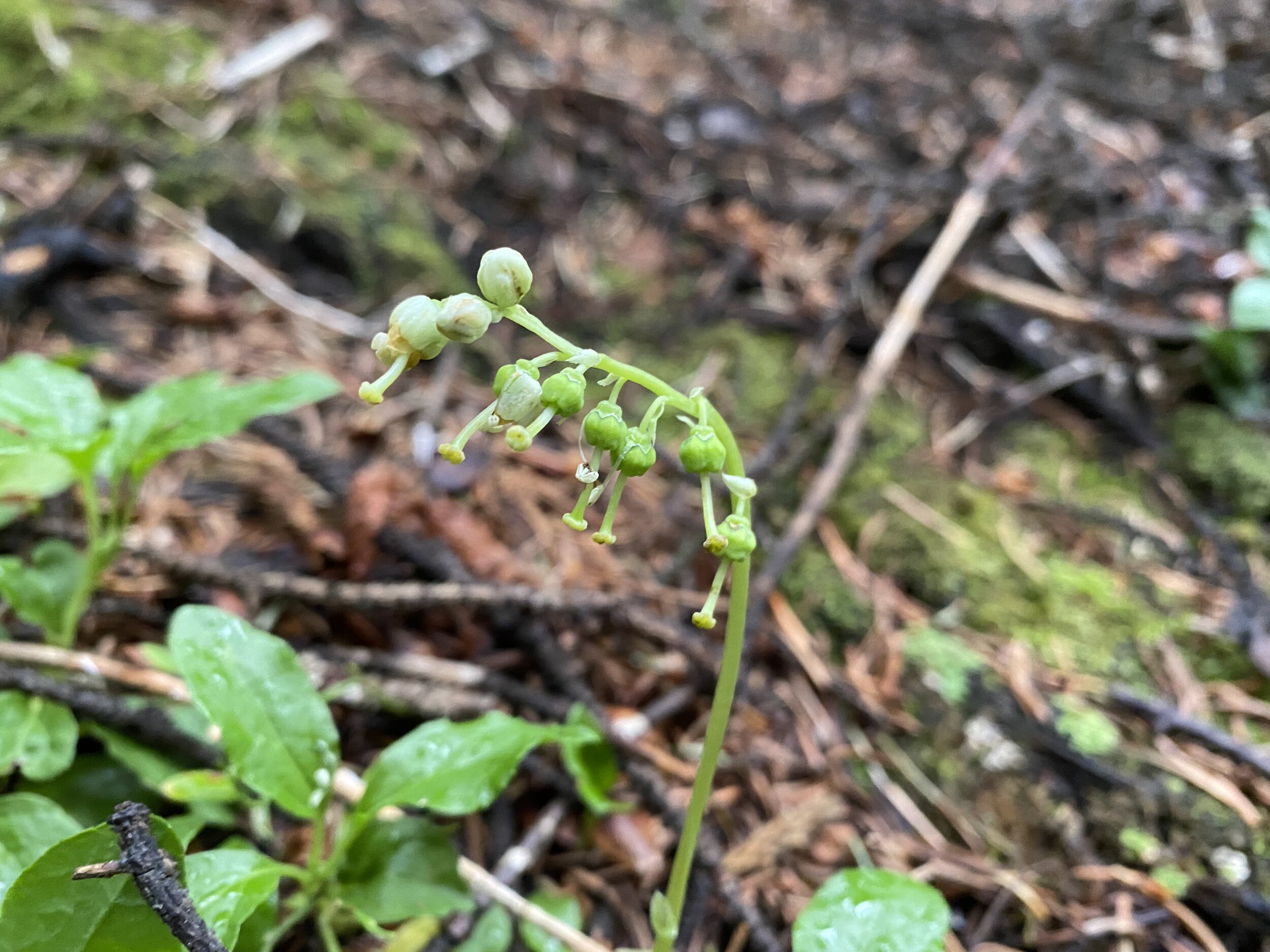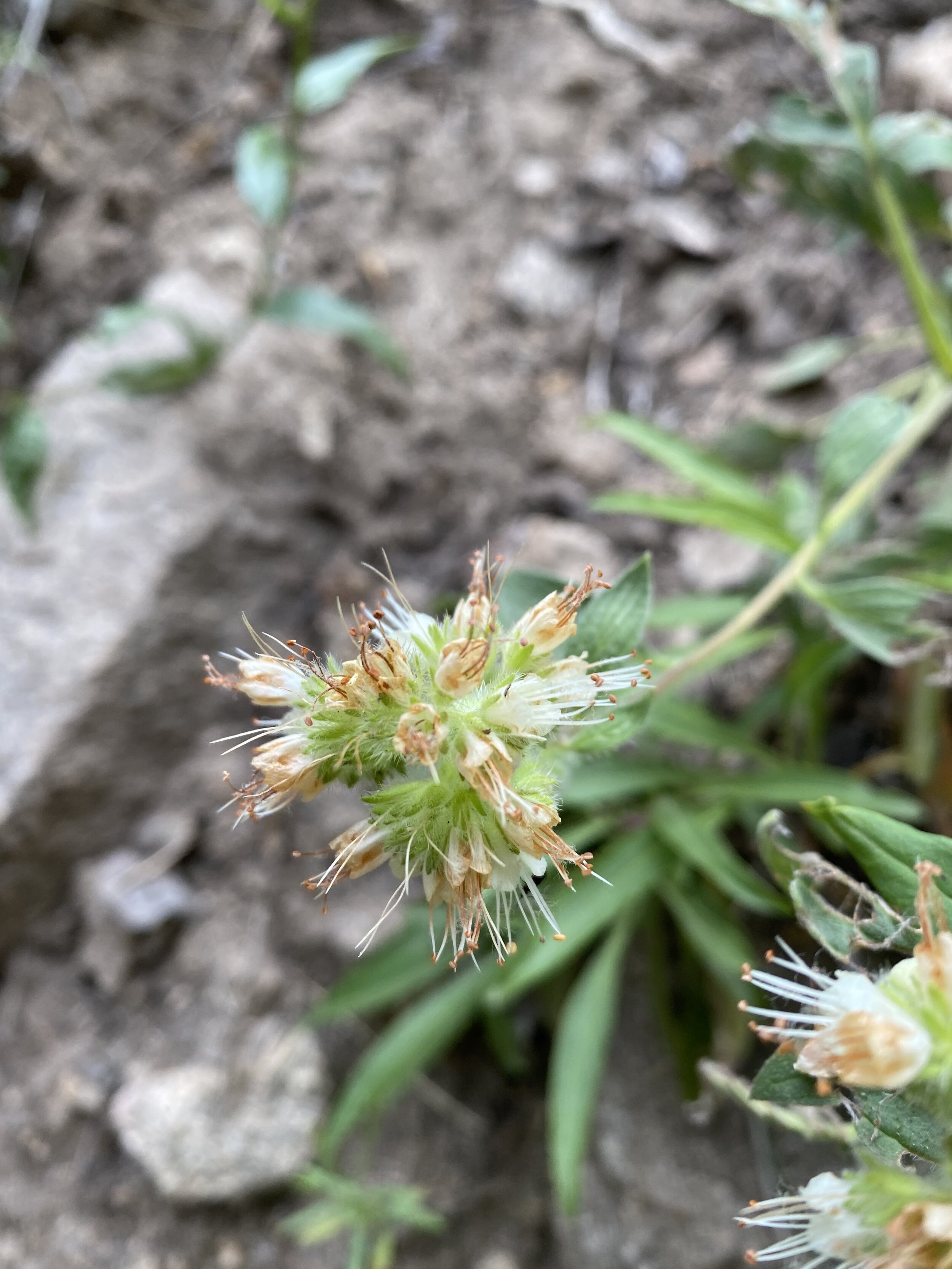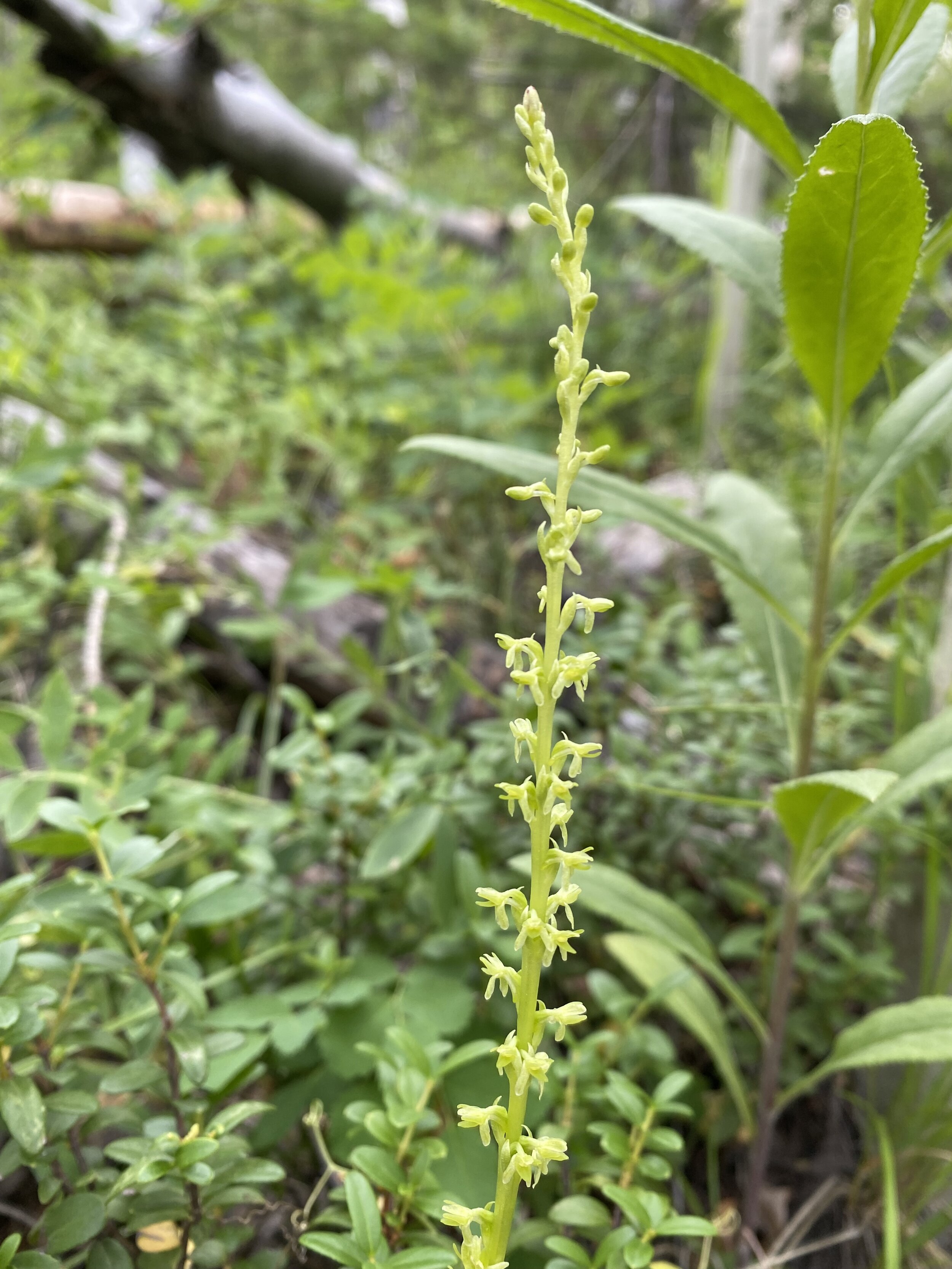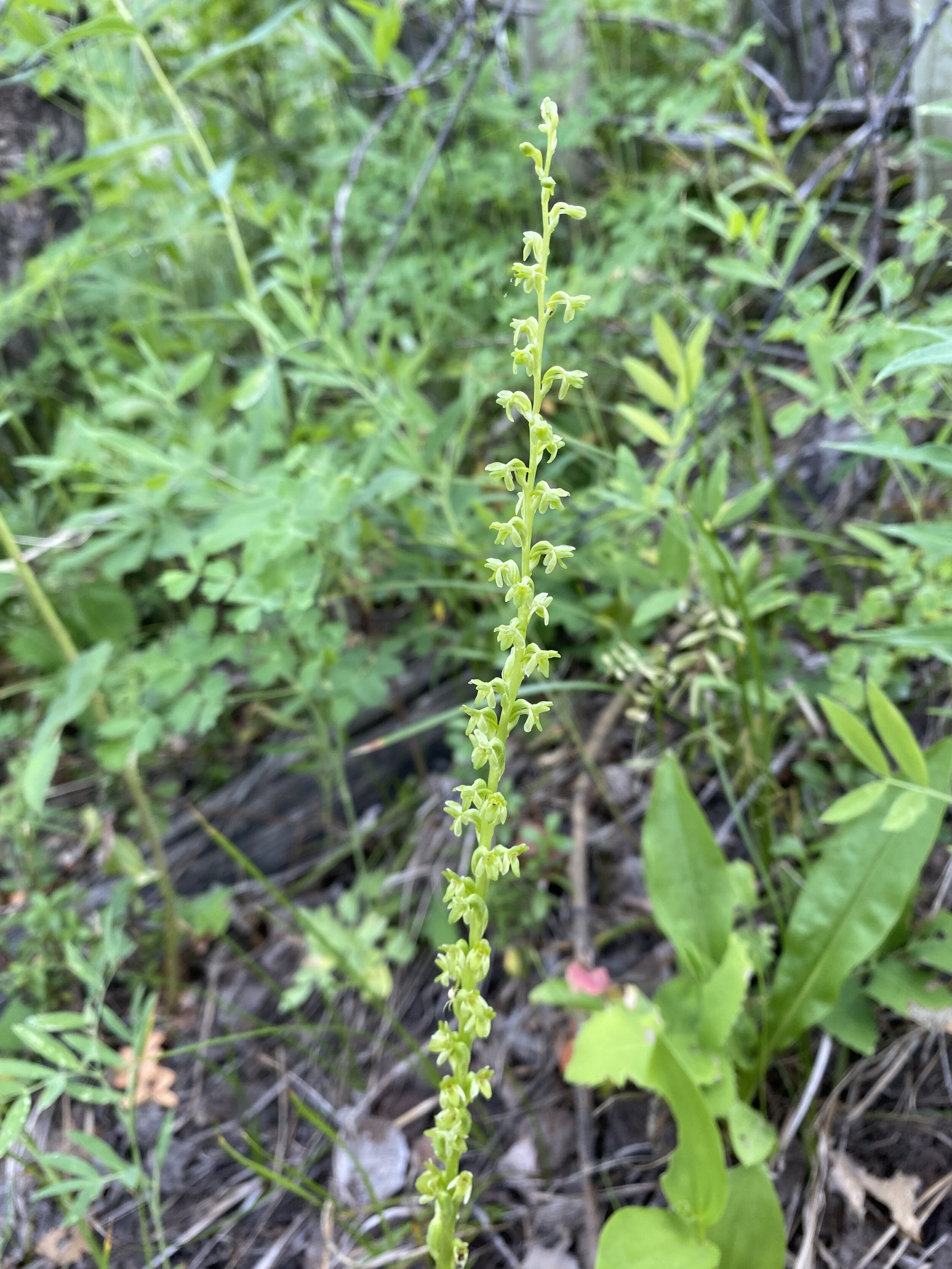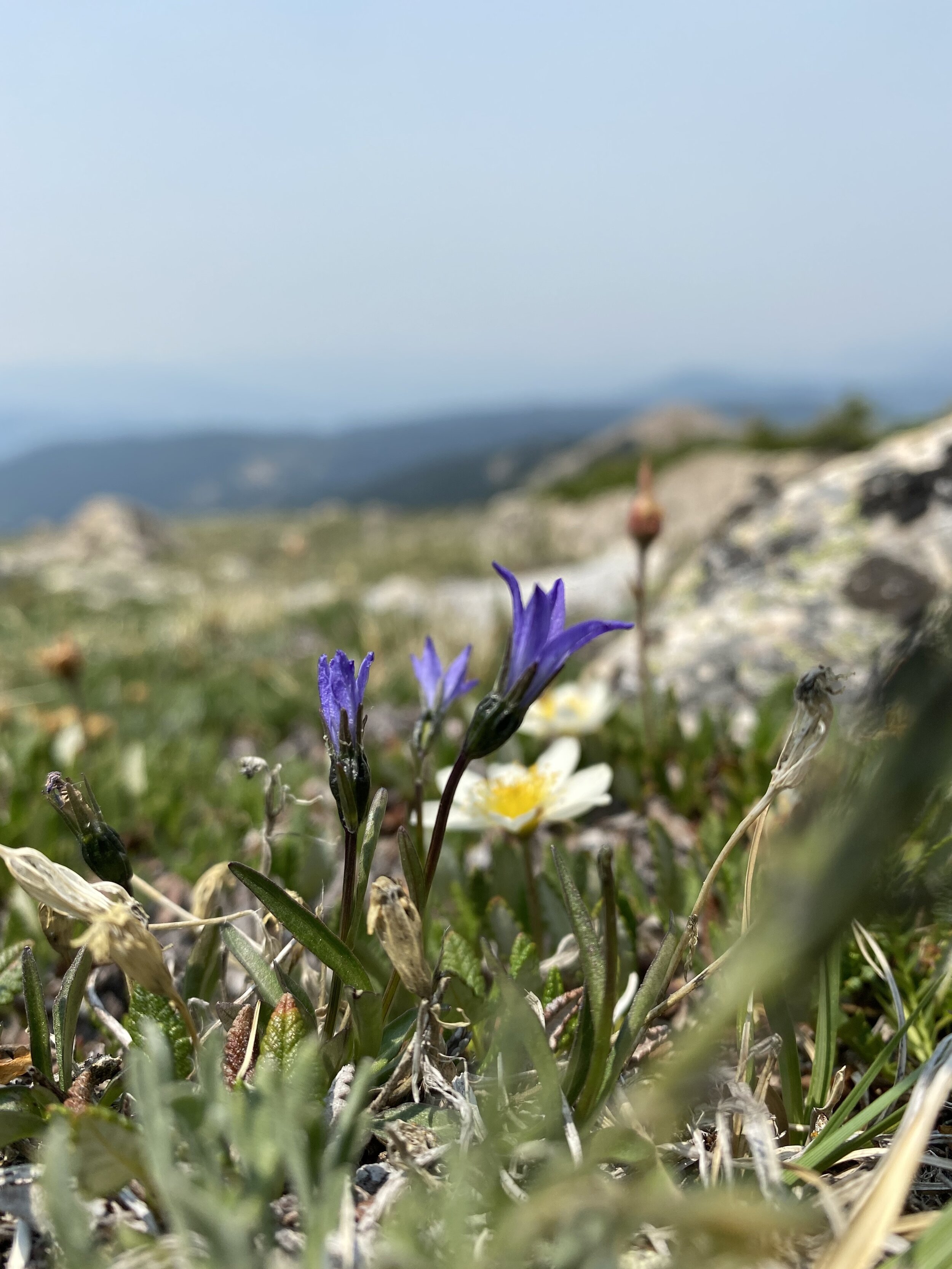Common & scientific name
Fireweed, Chamerion angustifolium
Family
Evening primrose, Onagraceae
Location
Roadside, 9,000’
Fun, weird, helpful, or little known fact
Fireweed, Chamerion angustifolium, is a native plant that grows head-high and produces dozens of lavish, magenta, four-petaled flowers. Each flower produces up to 500 seeds, resulting in tens of thousands of seeds per plant. Aided by a tuft of long hairs, each of those seeds can go airborne and establish rapidly.
One of the coolest things I learned about Fireweed from the US Forest Service’s fire studies is that Fireweed seed hairs, or “plumes,” respond to humidity. Increased humidity causes a decreased plume diameter, which results in reduced loft. This increases the chance that seeds get deposited in places with moisture adequate for germination—how smart is that?
By contrast, robustly-plumed seeds can stay airborne for 10 or more hours, allowing the seeds to travel over 100 miles during that time—even smarter!
In case that fails, Fireweed can reproduce not only by pollination, but by rhizomes, underground stems that put out lateral shoots. This is how it reproduces so well following major disturbance events like fires and avalanches. It can even survive volcanic eruptions: one year after the Mount St. Helens explosion, 81% of seeds collected in seed traps were Fireweed seeds.
Maybe, though, one of the loveliest things about fireweed is its modesty; its understanding of the role it plays. Namely, it tends to achieve peak dominance within a limited number of years after a disturbance. In spruce-fir forests like those in our area, Fireweed may be dominant for up to 10 years after a fire or avalanche, but it will decline in numbers in the face of competing vegetation, and as the forest canopy closes.
In other words, in time Fireweed will recede and allow the wildflowers you’ve grown to know and love in Grizzly, or on Basalt Mountain, or up Conundrum Creek, start to reemerge.




